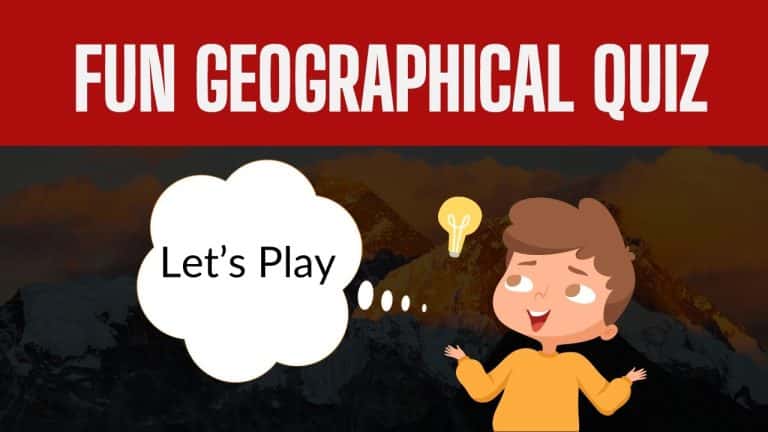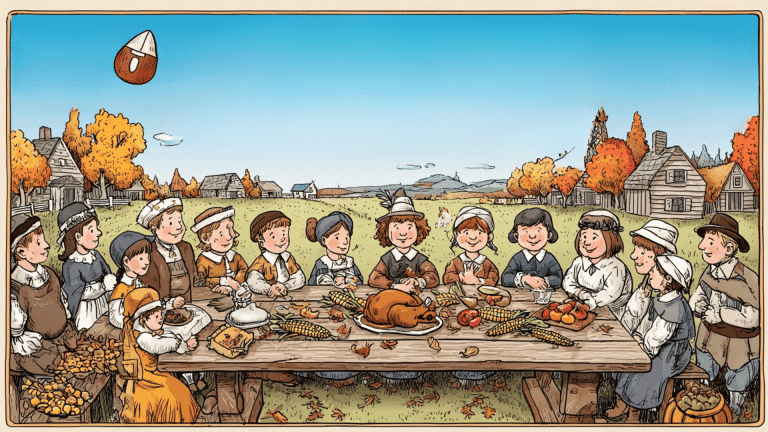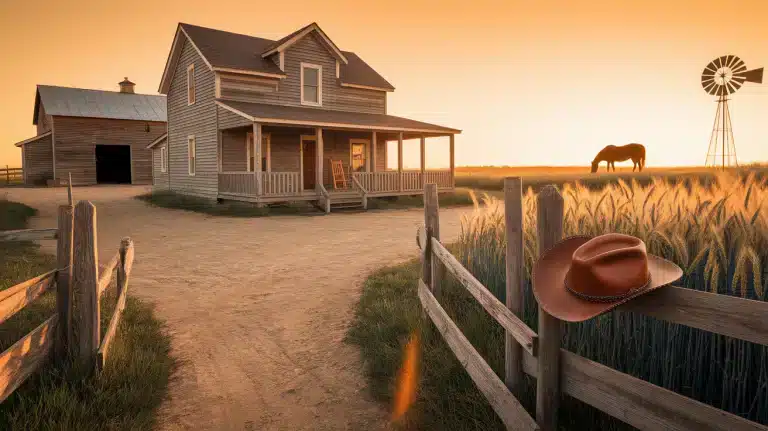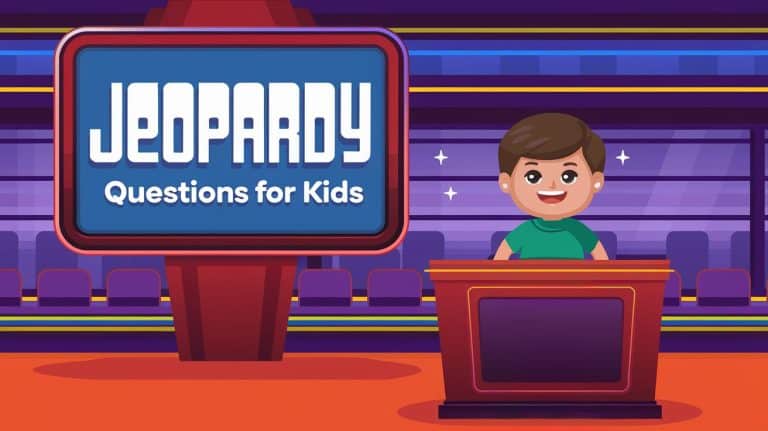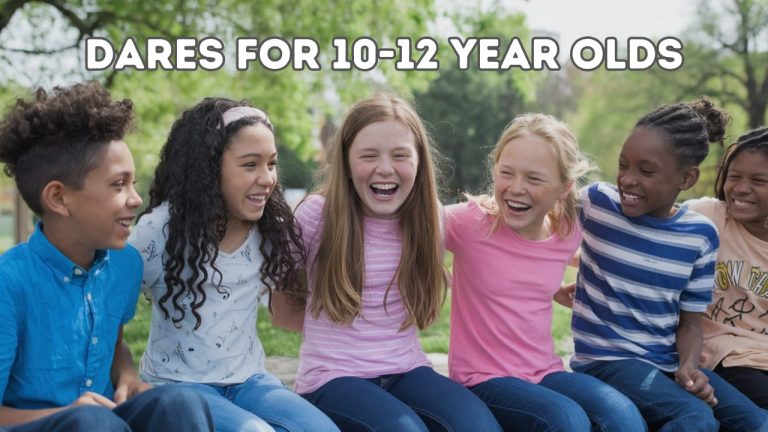If you are wondering how to create a geography quiz so that your students or your kids (if you are a parent) can learn this subject easily, you have come to the right place!
Geography is not just about knowing the names of countries and their capitals. The scope of geography as a subject is wide, ranging from knowing a place’s physical features to cultural phenomena.
An educational geography quiz for kids can be a good way to assess knowledge and promote competitive learning among the students. So, how do you craft one that’s both informative and engaging?
Let’s dive in!
Process of Creating an Educational Geography Quiz for Kids
1. Define Your Objective
Defining your objective is crucial when creating an educational geography quiz. This step sets the outline of your quiz.
Ask yourself: Are you gauging general knowledge of the kids or want them to learn about a particular region? The objective will help tailor the quiz’s content and format to engage participants best.
So, whatever your intention is, a clear objective ensures cohesiveness and relevance in your quiz.
2. Choose a Format
Choosing the right format for your geography quiz is crucial for engaging the kids.
For instance, multiple-choice questions are simple and clear, making them ideal for a larger audience. Fill in the blanks challenges the kids to think and helps them develop active recall.
Meanwhile, short answer or essay formats dive deeper, demanding more understanding of concepts by the kids and also require more effort.
Select a format that aligns with your objective, audience, and the depth of knowledge you wish to assess.
There are several quiz formats to consider:
- Multiple Choice: Easy to grade and offers options to the participants.
- True/False: Quick and straightforward, but ensure statements are not too misleading.
- Fill in the Blanks: Tests specific knowledge but requires precise answers.
- Matching: Connect terms or places with their correct descriptions or locations.
- Short Answer/Essay: Allows for more in-depth responses but can be more challenging to grade.
3. Select the Right Topics
When selecting topics for a geography quiz, it’s important to know the depth of the subject.
Since geography is very wide and divided into several disciplines, its crucial to know what you want to test in the kids and how deep you want to go.
For insane, physical features like mountains, rivers, and deserts test how much the kid knows about the physical world and its formation.
Cultural aspects, including languages, traditions, and landmarks, can provide insights into human relationships.
Ultimately, the chosen topics should align with the quiz’s objective and help the kids learn more.
4. Craft Questions with Care
Ensure that the questions that you choose are clear, and fair, and should add to the educational value of the kids.
If the questions are not clear in one read, those questions should be framed better, or replaced altogether.
Also, make sure that the quiz is really balanced. In other words, offer a mix of easy, moderate, and challenging questions to help the kids gain knowledge on various levels.
When using visuals like graphs, maps, or charts, ensure they are clear and relevant. Visuals should help with understanding the question better rather than confusing participants.
You should also review questions several times to avoid any errors or potential confusion. Remember, the goal is not just to test the students but to also educate them.
5. Include Fun Facts
You can also try to include fun facts in your geography quiz. This will add a fun element and help the kids tackle the quiz calmly.
For instance, a fun fact like “Did you know that Canada has the world’s longest coastline, stretching over 202,000 kilometers?” Or that “Russia spans 11 time zones?”
These facts keep the test exciting and help the kids delve deeper into the world of geography.
6. Pilot Test Your Quiz
Pilot testing is crucial before giving out your geography quiz to your kids/students. To pilot test your quiz, start with a small group that represents your target audience and have them take the quiz.
Observe their responses and note any areas of confusion they face. This will give you invaluable feedback which will allow you to refine your questions better.
It ensures that when your quiz reaches its final audience, the quiz remains engaging, accurate, and achieves its intended objectives.
7. Make it Interactive
Keeping your quiz interactive can hold the attention of the kids longer and help the test not get monotonous after a while.
For instance, if the test is held digitally, then you can integrate maps where participants can pinpoint locations or drag-and-drop country names.
Use platforms like Kahoot! or Quizizz and create a gamified experience, where real-time scoring and leaderboards are visible to engage the kids.
Additionally, try incorporating bonus rounds or trivia questions into your quiz.
Therefore, by using technology, you can transform a standard quiz into an immersive learning quiz, with more engagement and enthusiasm for geography by the kids.
8. Review and Revise
After crafting your geography quiz, revisiting it with fresh eyes is essential.
Consider feedback, update outdated information, and adjust question phrasing for clarity.
By embracing this approach, you’re not only making the quiz better but also enhancing its educational value for the kids.
9. Promote Learning, Not Just Testing
Promoting learning goes beyond mere testing. In fact, learning should be the aim of testing and not the other way around.
Start by encouraging participants to ask questions, and encourage them to explore topics beyond the quiz.
Remember, the goal isn’t just to measure what’s known but to make the kids passionate about learning geography.
Conclusion
And there you have it, the whole process of making a quiz. As you can see, its not rocket science, but there are some crucial factors you need to know to get the best possible outcome for your quiz-making.
We clearly know now that crafting an educational geography quiz is more than just picking up random geography questions; it’s about encouraging learning and not rote learning.
Therefore, with careful planning and a bit of creativity, you can design quizzes that challenge, educate, and inspire the kids.

